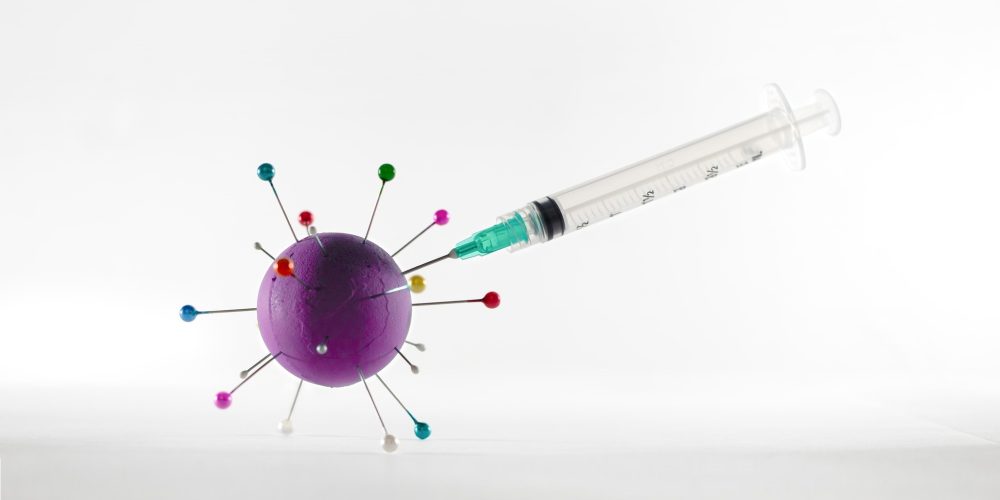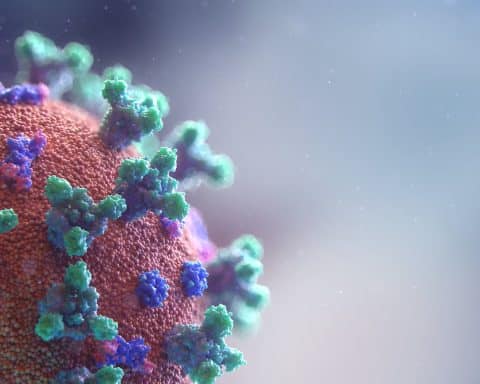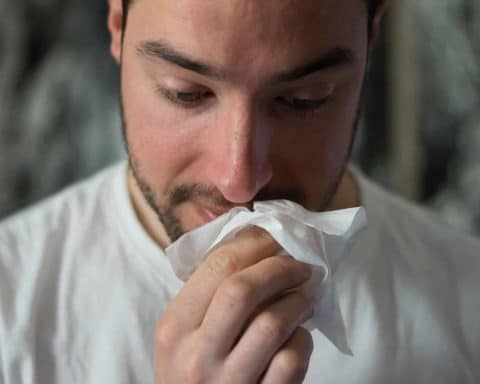James Bailey is a Foundation doctor based at Barts Health NHS trust.
Amar Odedra is a Foundation doctor based at Barts Health NHS trust.
Thaven Chetty is a GP at Leyton Healthcare, Leyton Collaborative PCN.
As GPs in East London, we undertook a Quality Improvement Project (QIP) that showed direct contact with vulnerable patients led to a notable increase in vaccine uptake. However, during course of the QIP it became clear we must balance this against the time and effort required to achieve increasingly minor gains. Over the coming months we will attempt to ensure that direct contact continues for those most at risk and explore whether greater results could be achieved if community services, and outreach teams are making calls instead of doctors.
As we saw in the autumn of 2020, relatively low rates of Coronavirus could trigger further national lockdowns. Local measures of social distancing, mask wearing and snap lockdowns were unable to react with sufficient speed, and a fledgling ‘Test and Trace’ system, so the nations’ hopes of safely removing restrictions were placed in the vaccine. In December 2020 the rollout began.
Our data revealed a considerable disparity between certain ethnic groups and vulnerable populations.
This quickly became a national issue, and several wide-ranging initiatives were used to increase both awareness and uptake. At the time we undertook our QIP using data from early April 2021, several months after these efforts had started, 62% of our eligible population had been vaccinated with the remaining 38% having declined or not responded to our invitation to make an appointment. Of those who had declined, 35% were White, 19% were of South-Asian heritage and 46% were Black.
With one of the highest vaccine hesitancy rates in the country but with relatively small numbers in absolute terms our practice decided to individually contact every patient who had no recorded vaccine, or booking, to date. We offered information and answered any questions the patients had, helping to facilitate an appointment for those who expressed an interest, whilst briefly discussing any concerns with those who did not. If contact could not be made over the phone, we sent an SMS or postal letter to their registered address summarising key information and explaining how to make an appointment. This was done for patients in vaccine cohorts 1-4, with re-audit showing approximately a 20% increase in uptake after all methods of contact were considered.
Most of this patient population are going to refuse vaccination regardless of the level of intervention and information supplied by us.
A recent increase in attendances to A&E with severe Covid infections in unvaccinated patients, with further booster vaccinations having started, highlights the importance of an ongoing campaign. However, using our methods of intervention, it is unlikely we will be able to reach out to all the remaining cohorts to convince them to take the vaccine. Given the increased demands on a GP’s time, direct contact from a medical professional should be focused on those patients who are either older, with significant co-morbidities, or who may struggle to access services. This could be combined with the use of less labour-intensive methods such as SMS and postal letters for those less at risk.
The Covid-19 pandemic has brought to the forefront the ongoing inequality regarding healthcare access and education across our society and healthcare systems. We will continue to work to ensure East London benefits from the vaccine rollout in a way that people understand and trust whilst preparing for the challenges ahead.









Perhaps you should read up on the letter Dr Tess lawrie wrote to the MHRA on the covid vaccines. https://ukfreedomproject.org/resources/open-letter-to-dr-june-raine-chief-executive-mhra/